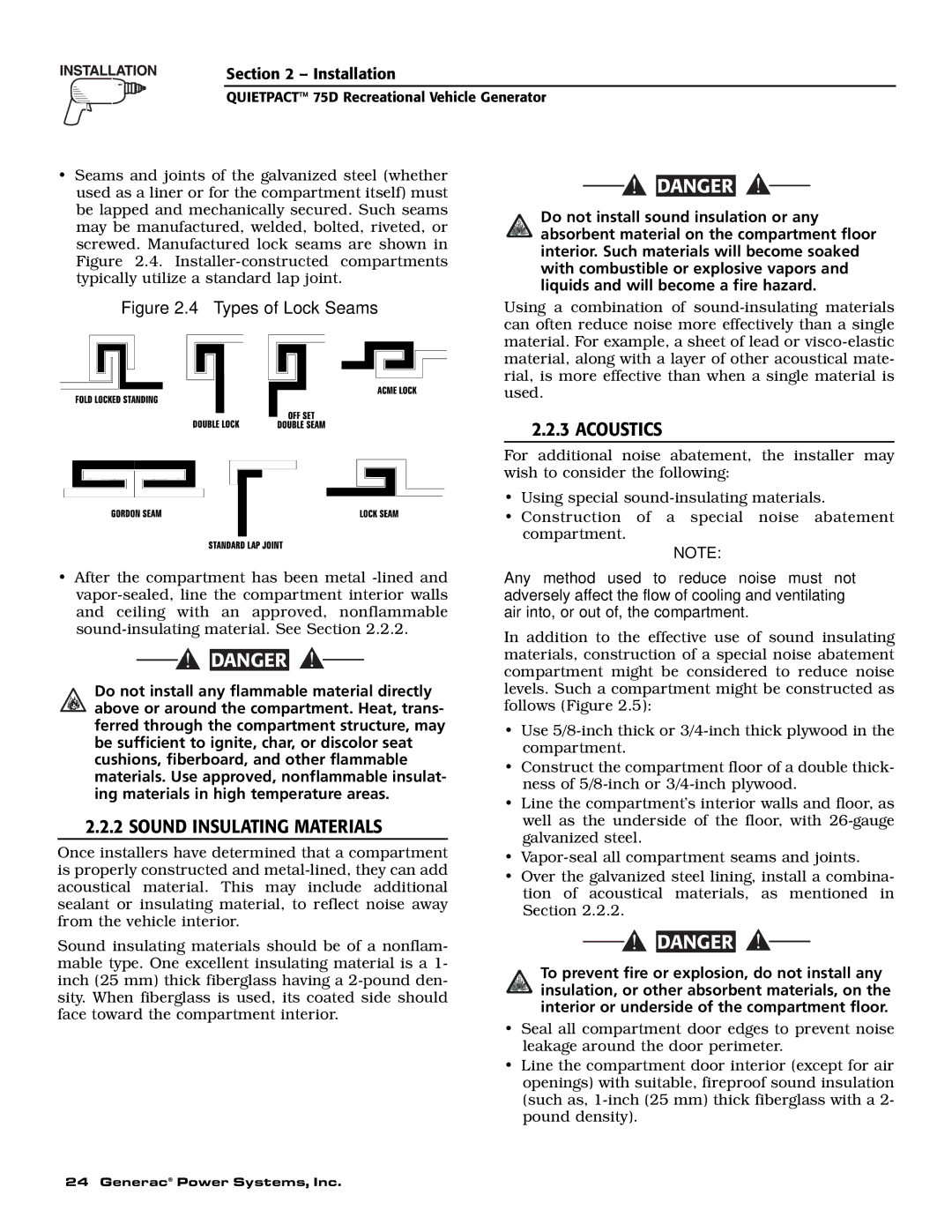004270-2 specifications
Guardian Technologies has made significant strides in air purification technology with its model 004270-2, which stands out for its advanced features and impressive performance. Designed to enhance indoor air quality, this air purifier combines efficiency and innovation to create a healthier living environment.One of the most notable features of the Guardian Technologies 004270-2 is its multi-layer filtration system. This system includes a true HEPA filter that captures 99.97% of airborne particles as small as 0.3 microns. This means that allergens such as dust mites, pet dander, and pollen are effectively removed from the air. In addition to the HEPA filter, the unit also incorporates a charcoal filter that eliminates unpleasant odors, making it perfect for homes with pets or cooking frequently.
The Guardian Technologies 004270-2 employs UV-C light technology to further enhance its air purification capabilities. This innovative feature works by using ultraviolet light to kill bacteria and viruses, promoting a healthier atmosphere. The combination of HEPA filtration and UV-C technology sets this model apart from standard air purifiers, providing an extra layer of protection against harmful microorganisms.
Another characteristic that contributes to the efficiency of the Guardian Technologies 004270-2 is its quiet operation. This model is engineered to minimize noise levels, making it suitable for use in bedrooms, living spaces, or offices without disrupting daily activities. Users can enjoy clean air without the annoyance of constant fan noise.
The design of the 004270-2 is also worth mentioning. Its sleek, modern appearance allows it to fit seamlessly into any room decor while being compact enough for easy placement. Additionally, the unit features a filter change indicator, ensuring that users are aware when it’s time to replace the filters for optimal performance.
Energy efficiency is another advantage of this air purifier, as it is designed to consume less power while providing powerful air purification. This not only helps in reducing electricity bills but also promotes eco-friendly practices.
In summary, the Guardian Technologies 004270-2 is an exemplary air purifier that boasts a robust filtration system, innovative UV-C technology, quiet operation, and energy efficiency. It effectively addresses common indoor air quality concerns, making it an ideal choice for households seeking a healthier atmosphere.

